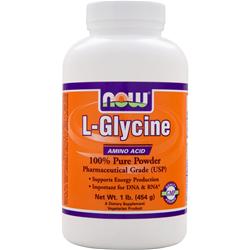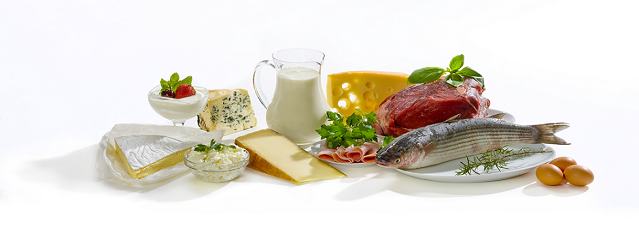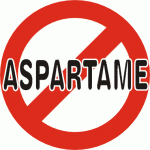By Anthoney J. Andersen – Steroidal.com
If you’re someone who spends a lot of time at the gym, or if you engage in regular physical activity, then you’re aware of the fact that your muscles tend to experience soreness brought on by the intense training.
Beginning a new workout regimen can be a daunting affair, especially if you wake up sore the following day.
Chances are, you will not be sprinting your way back to the gym when it hurts just to roll out of bed.
Don’t be alarmed; muscle soreness is a normal part of physical exercise – especially if you’re doing something new to your body, or if you’re returning to the gym after a long absence.
The good news is, there are ways to decrease the duration of your muscle soreness, and get you springing out of bed for an early morning workout.
One of the major alleviators of muscle soreness is the non-essential amino acid: L-Glycine.
TUSSLING WITH MUSCLE FATIGUE
According to WebMD, exercise physiologists refer to the muscle soreness that a person experiences between 24 and 48 hours after engaging in a physical activity as delayed onset muscle soreness (DOMS).
“Delayed onset muscle soreness is a common result of physical activity that stresses the muscle tissue beyond what it is accustomed to,” says David O. Draper, professor and director of the graduate program in sports medicine/athletic training at Brigham Young University in Provo, Utah.
Delayed onset muscle soreness occurs when the muscle is performing an intense contraction – like a bicep curl – which causes the muscle fibers to tear.
“The mild muscle strain injury creates microscopic damage to the muscle fibers,” says Draper.
Scientists speculate that this damage – when combined with the inflammation brought on by these tears – causes the pain.
“The aches and pains should be minor,” says Carol Torgan, an exercise physiologist at the American College of Sports Medicine, “and are simply indications that muscles are adapting to your fitness regimen.”
No one is insusceptible to muscle soreness. Whether you’re a novice, or a professional bodybuilder, you will encounter delayed onset muscle soreness sometime in your career.
“Anyone can get cramps or DOMS – from weekend warriors to elite athletes,” says Torgan.
“The muscle discomfort is simply a symptom of using your muscles and placing stresses on them that are leading to adaptations to make them stronger and better able to perform the task the next time.”
THE MIRACLE WORKER
Glycine is one of many non-essential amino acids and is used to help generate muscle tissue and convert glycogen into energy.
According to Aminoacidstudies.org, glycine plays an important role in maintaining proper nervous system function and helping your digestive tract flow smoothly.
It helps regulate the level of bile acid used to digest fats, and is included in many popular antacid supplements.
Glycine is also used to help stave off the breakdown of muscle by increasing the body’s creatine levels – a compound that is naturally produced by the body and aids in the building of muscle.
According to MedicineNet.com, glycine isn’t just a muscle-repairing agent – it also helps repair and replenish skin and connective tissue as well.
Nearly one-third of collagen – an essential protein that keeps the skin and connective tissue firm – is comprised of glycine.
Without glycine, the body would not be able to repair damaged tissue; the skin would loosen when exposed to UV rays and oxidation; and wounds would never heal.
Glycine is also required for the production of heme. Heme is a significant component in hemoglobin – which is vital in creating red blood cells and transferring oxygen throughout the body.
According to Mayo Clinic, glycine’s vast range of functions and capabilities has helped in the treatment of a variety of medical conditions.
An article on Vitaminstuff.com, reported that in one study, 22 schizophrenic patients who did not respond to traditional treatment were given glycine – 40 to 90 grams a day, depending on body weight – as part of their ongoing antipsychotic medication and found that it greatly decreased their symptoms.
Glycine can be found in a variety of protein-rich foods:
- Animal sources: fish, milk, meat and cheese.
- Plant-based sources: beans, soybeans, spinach, pumpkin, kale, cabbage, cucumber, kiwi and bananas.
- Since glycine is a non-essential amino acid, it is manufactured by other amino acids in the body through the liver; which means it does not have to be obtained through the diet.
THE WRAP UP
It is apparent that glycine is a vital player in the proper function and maintenance of the human body.
Without it, muscles would never recover from strenuous exercise – thus meaning our muscles would never grow in size, and become stronger.
Our muscles would essentially peak early, and never regain momentum.
Also, glycine aids in the protection of skin and tissue – two important aspects that give our bodies their shape and form.
Stay connected.








